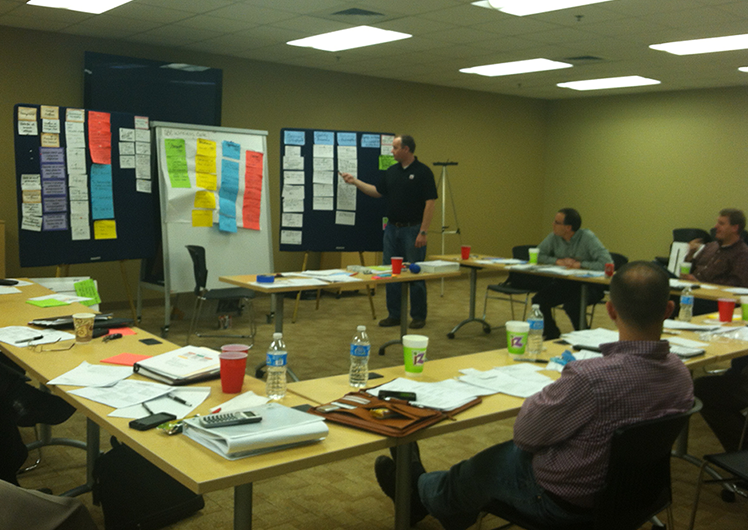Leadership, Hardship & Fine Wine
“What does it take to produce the finest wines?” I asked. Keenly aware of my limited knowledge, the wine connoisseur answered in this elementary way,
“Grapes that grow on lush rolling hills are plump and larger, but don’t make the best wines, because they are mainly water. Smaller grapes will have less water and more of the ‘good stuff’. For example, on the steep ,inclement Italian hillsides grape vines struggle to survive. In this harsh terrain, rainwater has little time to slow down and get to the roots of vines, is where the best Italian grapes are found. They are very small, but nutrient-dense and full of beautiful arrays of flavors and they produce some of the finest wines in the world.”
Great wines and great leaders seem to share similar living conditions. A cursory study of the lives of world-renowned leaders will reveal that the majority did not have a smooth, easy path to success. Rather their lives were fraught with a series of disappointments, professional failures and personal struggles.
A path of perils and problems appears to be common with leaders of all kinds – in all times.
- 20 years ago, the Center for Creative Leadership (CCL) conducted a study of key events that successful executives said were instrumental to their development as leaders. At that time, the executives most often cited challenging assignments, such as starting a project from scratch or managing a turnaround. Only 20 percent of respondents said they learned significant lessons from hardships, such as job loss, career setbacks, mistakes and failures, and personal trauma.
- When CCL repeated the original research in the last few years, it showed that 34 percent of executives said hardships were their key learning experience.
It appears that today’s leaders are getting more honest, more challenged or both. As we have all observed ; hardship is a core part of the human experience. The question is: why do some people sink in their suffering and never surface, while others sink but come up swimming stronger?
The Center for Creative Leadership research found that executives who are able to recover, learn, and grow from hardships share four other characteristics:
- A Sense of Purpose and Meaning – moreimportant than what happens to you is how you think about what happens to you and how you derive meaning from it.
- Social Support – When people have gone through difficult times, relationships mattered. Some people rely on an understanding spouse or close friend, while others maintain large networks of relationships.
- Use of Positive Cognitive Strategies – Rather than blame others and lash out with anger and frustration, resilient people take personal responsibility for their own response to a setback.
- Flexibility – Think of this as the ability to improvise-that is, to make the best choices or take the best actions with whatever resources are at hand. One metaphor for flexibility is a twig that has a fresh, green, living core. When you bend it, it springs back.
Journal Entry: Are these four characteristics evolving in the up-and-coming people in your organization ….in your children … in yourself? Let me be clear, no one should set anyone up to suffer or manipulate hardship in order to see growth and development.
However, I challenge all of us to consider ceasing from our well-intended impulse to over-protect, rescue or avoid worthy conflict. Instead purpose to allow those natural, stressful challenges and inevitable ego-shattering events, the chance to develop the “good stuff” in each of us, so we can lift a glass to the success of the important people in our leadership and life.



